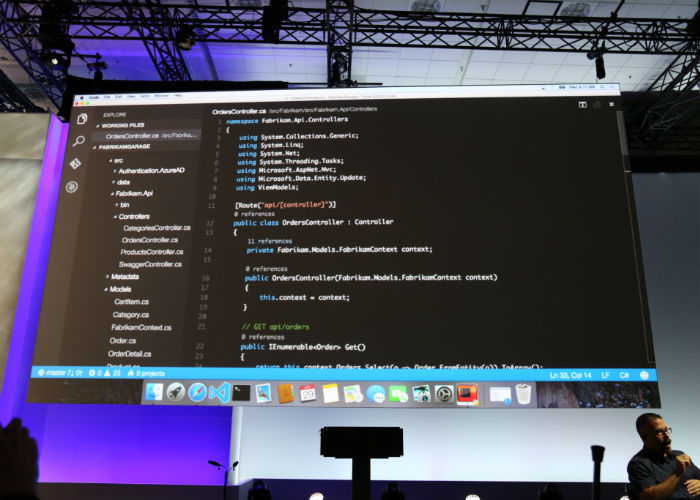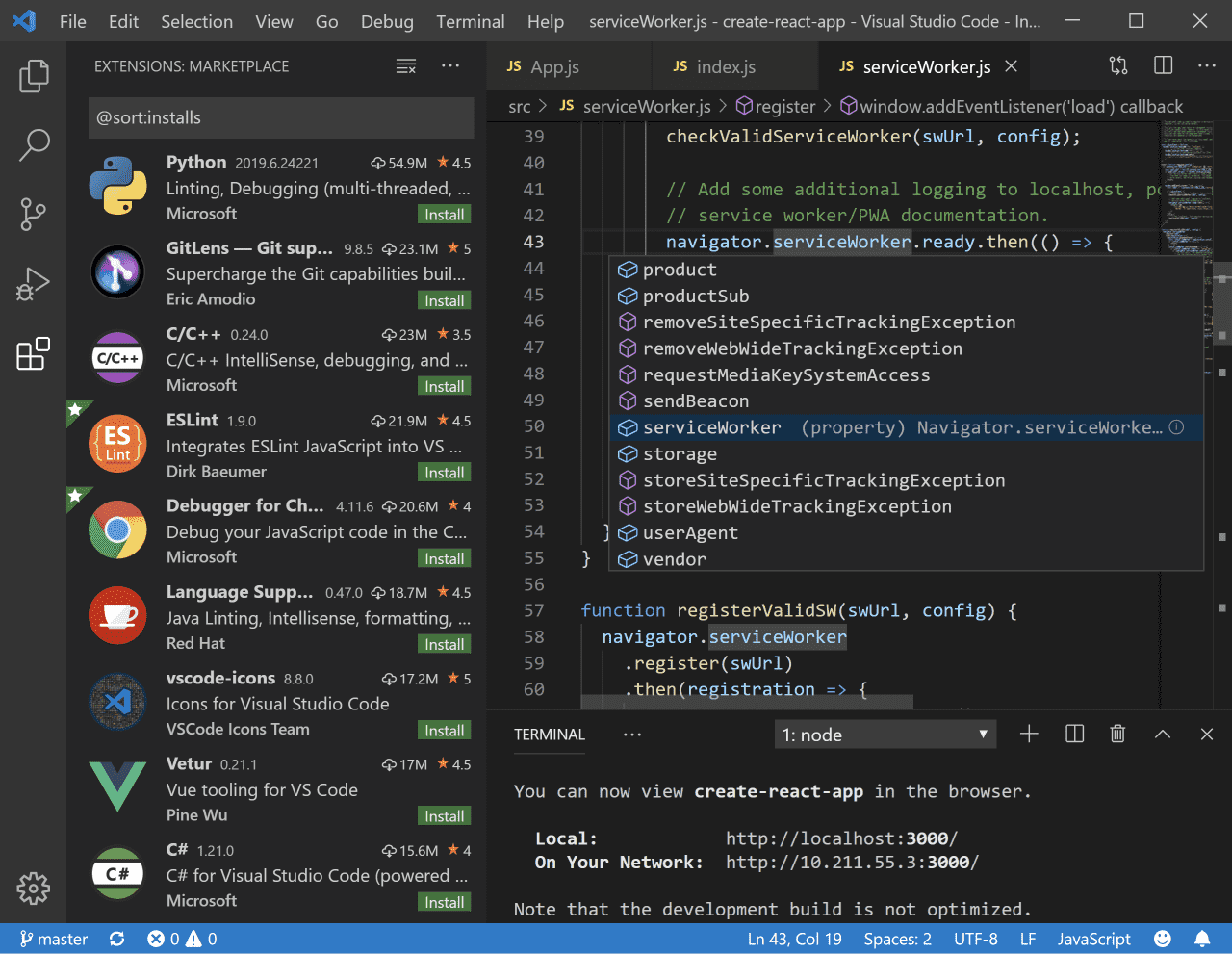


While the above examples focus solely on block-based coding, the Sphero Bolt (a programmable robot ball) offers two types of visual coding modes-code blocks and draw. Specifically, for instance, action blocks make robots move, make sounds, flash images, or display pictures. Then, when the program runs, the robot performs actions in the order they’re programmed. We’ve detailed scratch sprites and other block-based coding examples, but one other fun Scratch project could be a “Whack em” game, where players use video sending and their own movements to whack sharks swimming around the ocean.ĭid you know your child can engage in visual coding with LEGO? With LEGO Spike Prime, kids can explore a number of dynamic possibilities.Īgain-drag-and-drop code blocks makes learning coding concepts and fundamentals easy, especially for those too young to jump into (or to get excited about) text-based coding languages.įor example, kids can start with a blank workspace, building their program “block by block”-that is, each block placed tells their robot to perform a particular action. It’s easy to get started, has colorful blocks, can produce fun projects, and has an active community for support and added inspiration.

Scratch is one of the more popular visual coding options for kids.

They’re now not overwhelmed by what seems like an impossible task ahead of them, and instead are engaged with the fun visuals sitting at their fingertips. With visual coding, kids can easily see the link between the code block they place and the action it produces. Visual coding offers the ability to code graphically, or "visually," usually through the use of blocks and drag-and-drop processes as opposed to doing so through text. This is where visual coding might lend a hand. They understand what coding can do, and they are inspired to get started, but they soon find themselves at a screen full of white space and things come to a screeching halt. Those who have been successful in moving things along from conversation to the next steps probably find the journey to get a bit easier the more tangible the reality becomes.īut then there is the next roadblock–getting kids to actually believe they can code. But getting kids to buy-in? It’s a challenge. Using just your words, telling a kid that they could learn what it takes to power the app or game they use and play daily, or the social media platforms they can’t tear themselves away from is easy. If you don’t have a Visual Studio Subscription, you can create one for free by clicking on “Create a new Microsoft account” on the login page.An apt saying when it comes to teaching coding to kids, and on a few different levels. To download any product from the following list, click the download button and log in with your Visual Studio Subscription account when prompted.


 0 kommentar(er)
0 kommentar(er)
